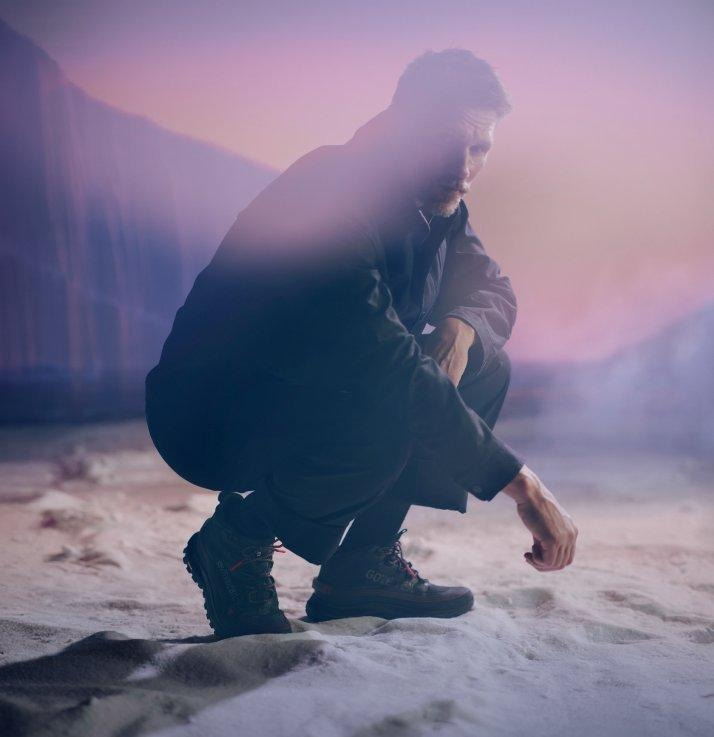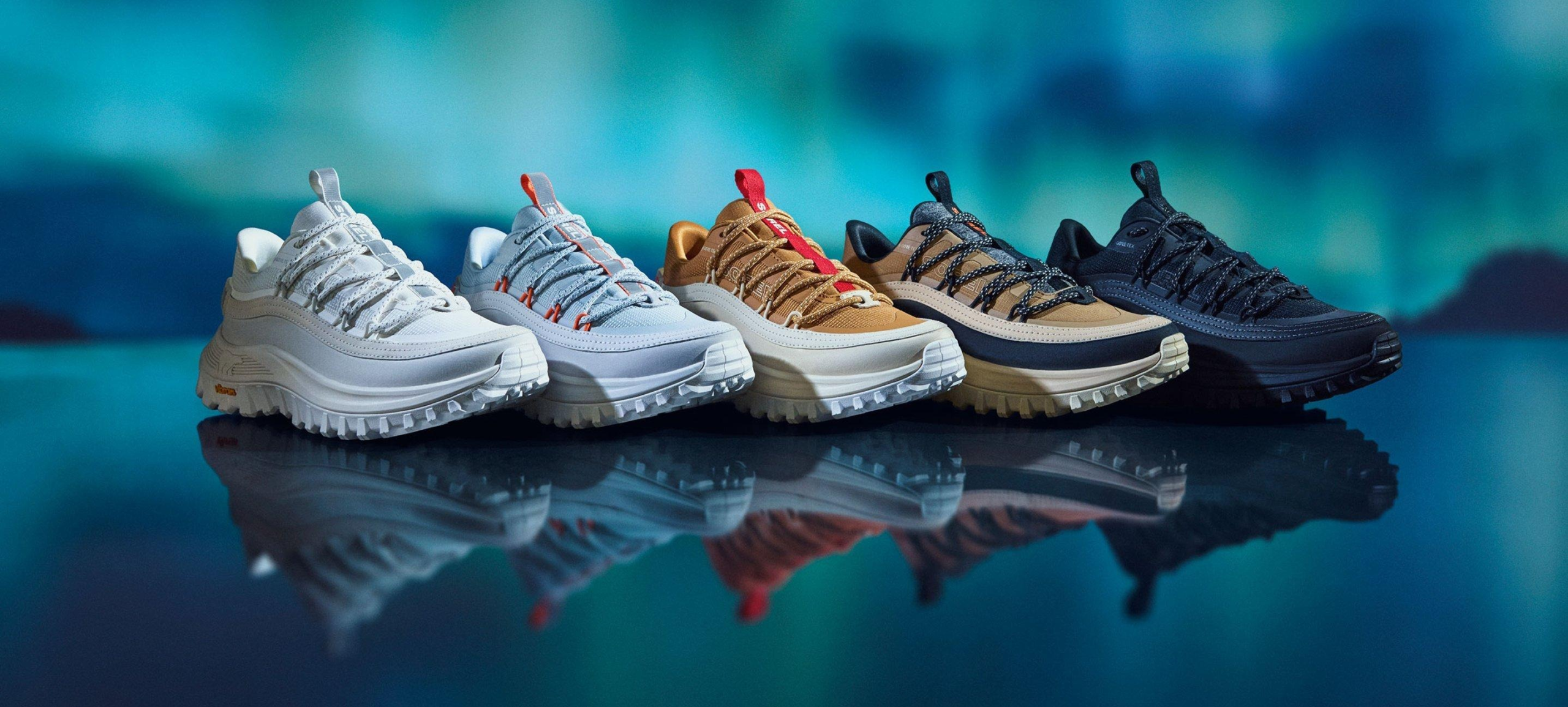Men
Classic Recommendation.
The Sole of Style: A Deep Dive into the Evolution of Sneakers
From the gymnasium floor to the high-fashion runway, the humble sneaker has made an incredible journey, transcending its athletic origins to become a cultural icon. It’s more than just a shoe; it’s a statement, a canvas for self-expression, and a testament to the ever-evolving fusion of function and aesthetics. The story of the sneaker is a narrative woven with threads of innovation, rebellion, and artistic collaboration, reflecting the changing tastes and values of multiple generations.
The earliest ancestors of the modern sneaker were simple, canvas-topped shoes with rubber soles, designed for comfort and stealth. The name itself, “sneaker,” came from the quietness of the rubber soles, allowing the wearer to “sneak” around without making a sound, a stark contrast to the loud, clanking leather soles of the time. These early iterations were revolutionary for their comfort and practicality, but they were still far from the polished, stylish items we know today. They were primarily utility footwear, worn for sports or casual activities, and lacked the design sophistication that would later define the industry. This period was all about foundational development, laying the groundwork for what was to come. The focus was on improving grip, durability, and comfort for athletes, setting a precedent that performance and practicality would always be at the heart of sneaker design.
The mid-20th century marked a pivotal shift. As sports became more commercialized and athletes gained celebrity status, athletic footwear began to take on a new identity. Companies started to innovate not just in terms of function, but also in form. The design of a shoe became a reflection of the athlete’s prowess and the sport’s identity. We saw the introduction of more complex sole patterns, enhanced cushioning, and a wider range of materials. This was the era of the classic, clean-lined athletic shoe, often in simple colorways, that became synonymous with American sports culture. The design ethos was one of elegant simplicity, a functional aesthetic that still resonates today in many retro-inspired designs. The focus was still on performance, but with a growing awareness that a shoe could also be visually appealing. This period saw the first glimpses of a sneaker as a status symbol, with certain models becoming highly sought after by fans who wanted to emulate their athletic heroes.
Then came the 1970s and 80s, an explosion of creativity and cultural influence. The rise of hip-hop culture, skateboarding, and street fashion transformed sneakers from mere sports equipment into a vital component of personal style. The focus shifted from the feet of athletes to the streets of major cities. B-boys, rappers, and artists adopted specific sneaker models as symbols of their crew, their style, and their identity. The shoes became a crucial part of a subculture’s uniform, leading to an unprecedented demand for specific styles and a greater focus on design and color. It was during this period that the sneaker truly became a fashion item. Companies began to experiment with vibrant colors, bold logos, and innovative designs that were meant to be seen and admired. The limited-edition drop became a phenomenon, creating a frenzy and an intense desire for exclusivity. This era also saw the birth of the “collector” culture, with enthusiasts meticulously curating their collections, treating sneakers as valuable artifacts rather than simple footwear.
The late 20th and early 21st centuries saw the full-blown integration of sneakers into high fashion. Designers began collaborating with sneaker companies, bringing a new level of artistry and luxury to the field. Materials once reserved for high-end shoes—such as premium leather, exotic skins, and intricate stitching—began appearing on sneakers. The lines between athletic gear and luxury goods blurred, leading to the creation of sneakers with price tags that rivaled designer dress shoes. This trend elevated the sneaker’s status from a casual staple to a high-end luxury item, sought after by collectors and fashion aficionados alike. The collaboration model became a dominant force, with artists, musicians, and designers all contributing their unique vision to the footwear. This democratization of design meant that the “next big thing” could come from a variety of creative fields, not just the athletic world. The sneaker had finally shed its utilitarian past to become a true chameleon of style, able to fit into any wardrobe, from casual to couture.
Today, the sneaker market is a complex ecosystem of technology, design, and culture. We have shoes made from recycled materials, 3D-printed soles, and smart technology that tracks performance. But even with all this innovation, the core of the sneaker’s appeal remains the same: its ability to combine comfort with an unparalleled sense of personal expression. The sneaker’s journey from a quiet, practical shoe to a loud, expressive cultural artifact is a fascinating reflection of our own evolution—a journey from function to form, from utility to art, all worn on our feet. The narrative continues to unfold, with new materials, technologies, and artistic visions constantly pushing the boundaries of what a shoe can be.





